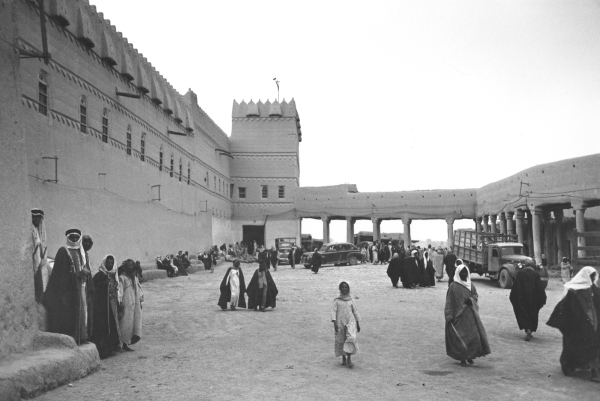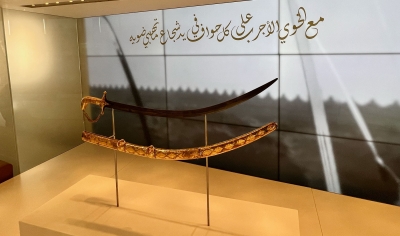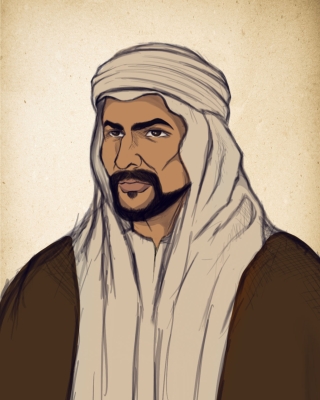

With the establishment of the Second Saudi State, Imam Turki bin Abdullah chose Riyadh as the base of his rule in 1823. Since Imam Turki moved to Riyadh, he took care of the city by restoring it and strengthening its walls. Moreover, he rebuilt al-Hukm Palace and the Grand Mosque.
During the reign of Imam Faisal bin Turki, the second imam of the Second Saudi State, Riyadh flourished in light of the political stability and prosperity in the country. This was documented on the traveler Palgrave's map about the urbanization of Riyadh, when he visited the city in 1870.
At the time, Riyadh consisted of four neighborhoods surrounded by a mud wall, which was 7 to 8 m in height, and contained thirteen gates. The first neighborhood located on the northwestern side was distinguished by luxurious houses and wide streets, while the second, which was situated on the northwestern side, was characterized by the density and disparity of buildings in terms of size and urban level. The third neighborhood, which is in the southwestern part, is characterized by the density of the population, wide streets, and the large number of mosques. Finally, the fourth neighborhood, which is located on the southeastern side, is the most populated and least urbanized.
Related quizzes

